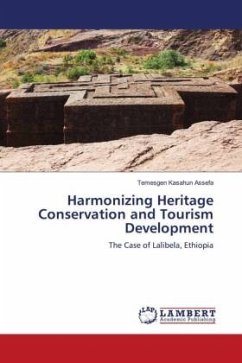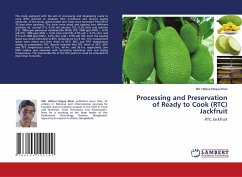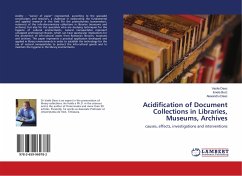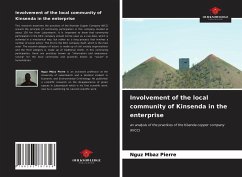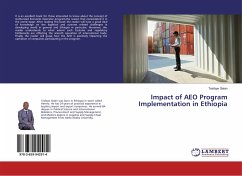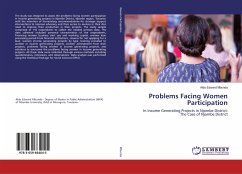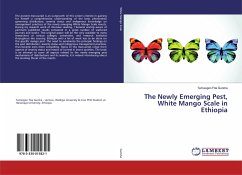
Cultural Heritage Conservation
Versandkostenfrei!
Versandfertig in 6-10 Tagen
27,99 €
inkl. MwSt.

PAYBACK Punkte
14 °P sammeln!
This book was aimed at investigating with the objectives of exploring the cultural heritage conservation practice in the 11 rock-hewn churches of Lalibela, a world heritage site, Ethiopia. In order to achieve the objective of the study, both primary and secondary data were generated by employing qualitative (using case study, focus group discussion, in-depth interview and on-spot observation) survey methods. The final finding result shows that the local community used to conserve the churches with own indigenous knowledge and artisans' skills. In the early 20th century, restorations works took...
This book was aimed at investigating with the objectives of exploring the cultural heritage conservation practice in the 11 rock-hewn churches of Lalibela, a world heritage site, Ethiopia. In order to achieve the objective of the study, both primary and secondary data were generated by employing qualitative (using case study, focus group discussion, in-depth interview and on-spot observation) survey methods. The final finding result shows that the local community used to conserve the churches with own indigenous knowledge and artisans' skills. In the early 20th century, restorations works took place during the 1920's, the 1950's, and the 1960's. The first restorations took place in 1920's and from 1954 to 1959, which were undertaken without scientific provisions and with resort to cement which is totally wrong and still mentioned as a reason for the current process of deterioration of Ethiopia's priceless national heritage.




